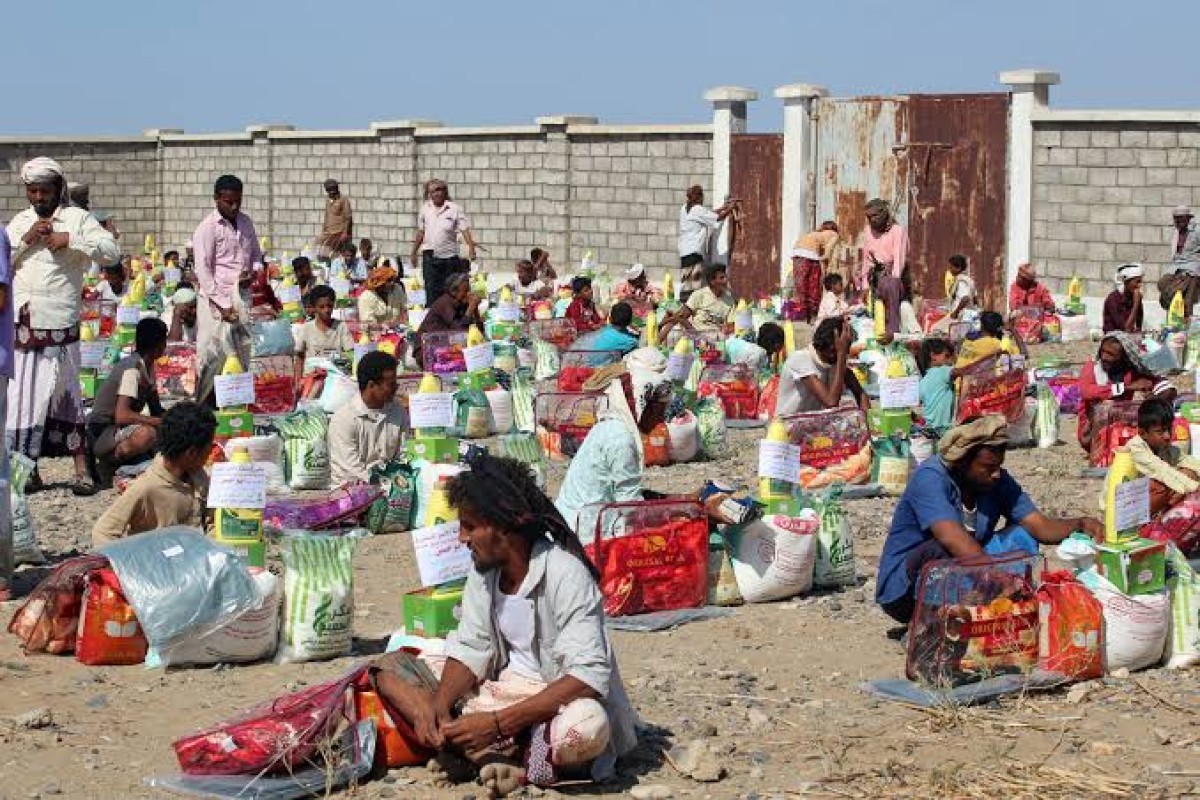Yemen: Humanitarian Crisis Indicators 2023
- 19 Sep 2023

The United Nations' 2023 Yemen Humanitarian Response Plan reveals a dire situation characterised by the following statistics, forecasts, and indicators:
· Yemen's ongoing humanitarian crisis ranks among the world's largest, with approximately 21.6 million people in need of various forms of humanitarian assistance in 2023.
· An alarming 80% of Yemen's population grapples with limited access to food, safe drinking water, and adequate healthcare services.
· Among the groups hardest hit by this crisis, women and girls stand out. Roughly 80% of the 4.5 million displaced individuals in Yemen are women and children. Women-headed families constitute 26% of all displaced households.
· Throughout 2023, humanitarian needs are expected to remain high, and the resilience of vulnerable populations is likely to decline further. This is primarily due to the persistent breakdown of basic services and the fragility of the Yemeni economy. Key factors contributing to this instability include macroeconomic turmoil, the depreciation of the Yemeni Riyal (YER), the de facto separation of economic institutions with competing monetary policies, reduced household purchasing power, inflation, and soaring prices of essential goods such as food and fuel.
· Access restrictions continue to impact an estimated 5.4 million individuals—equivalent to 25% of the population in need across Yemen. These challenges are most prevalent in northwest Yemen, primarily stemming from bureaucratic hurdles. Security issues, including carjackings, kidnappings, and other forms of violence, have surged, particularly in areas under the control of the internationally recognised Government of Yemen.
· The cost per unit of activity has risen in eight out of ten groups, driven by increasing global supply chain expenses, escalating commodity prices, the ongoing fragility of the Yemeni economy, and access impediments. Consequently, overall funding requirements have increased despite fewer people being targeted compared to 2022.
The stated views express the views of the author and do not necessarily reflect the views of the Center or the work team.
Comments